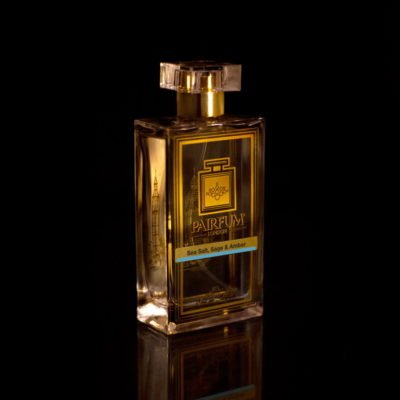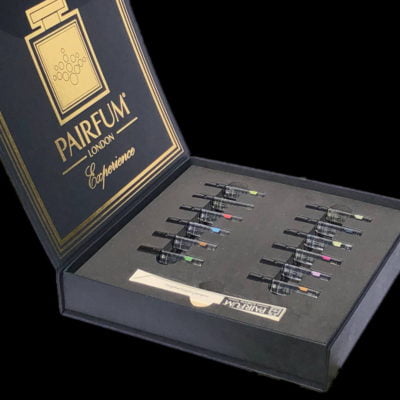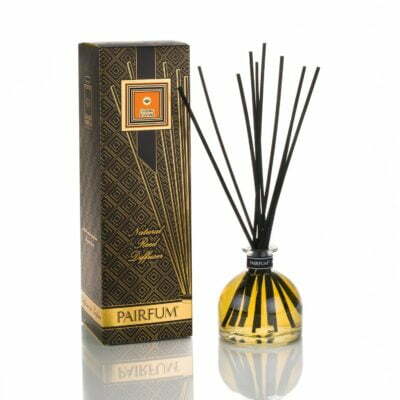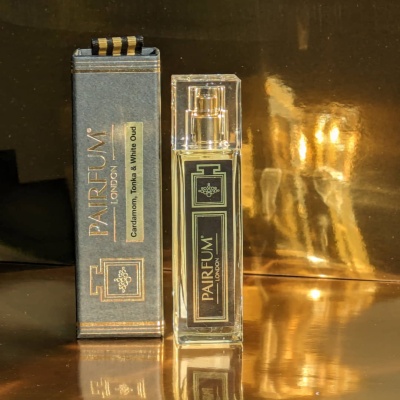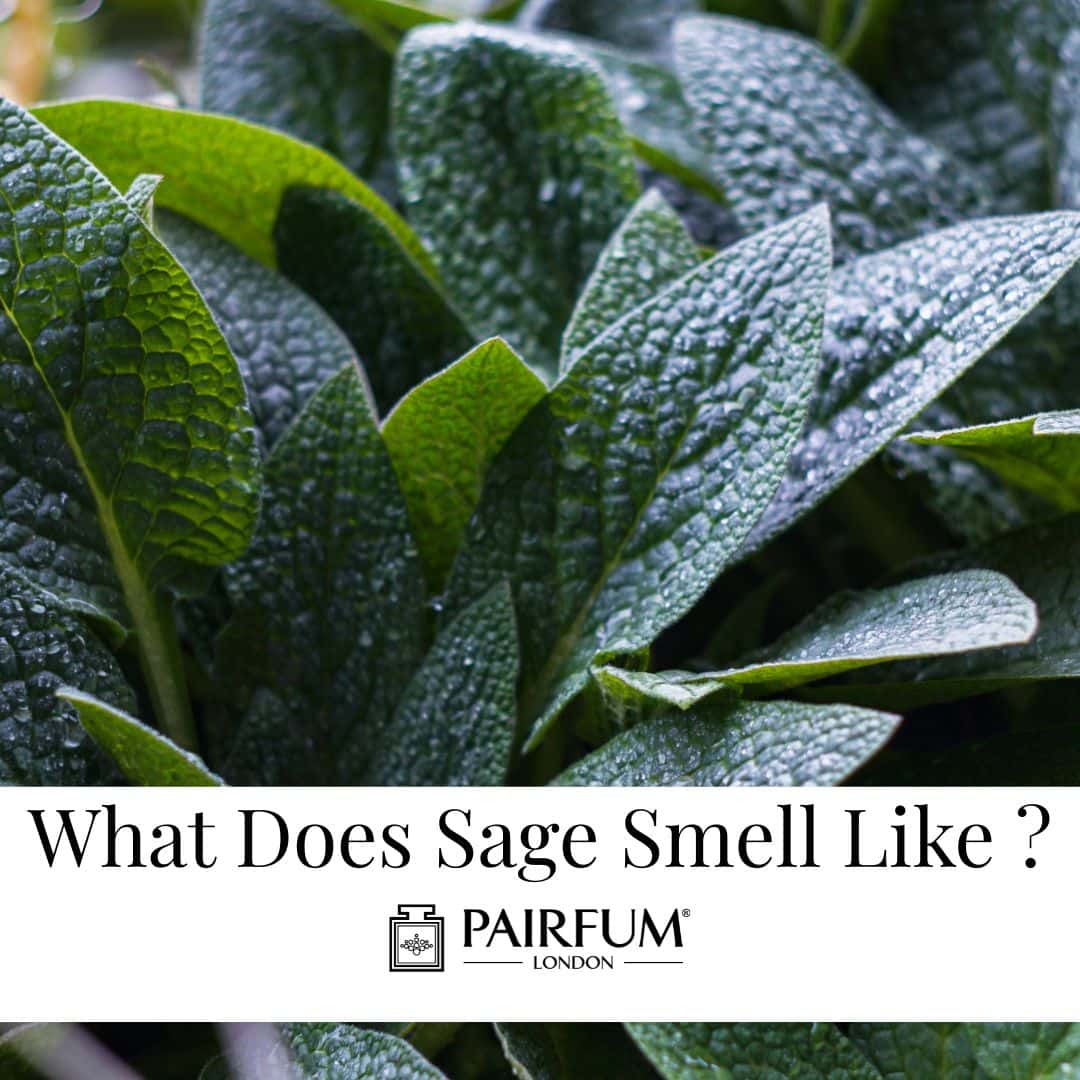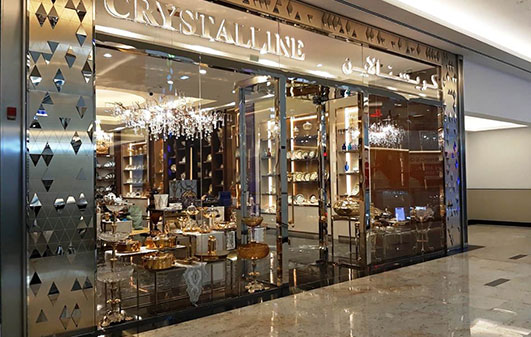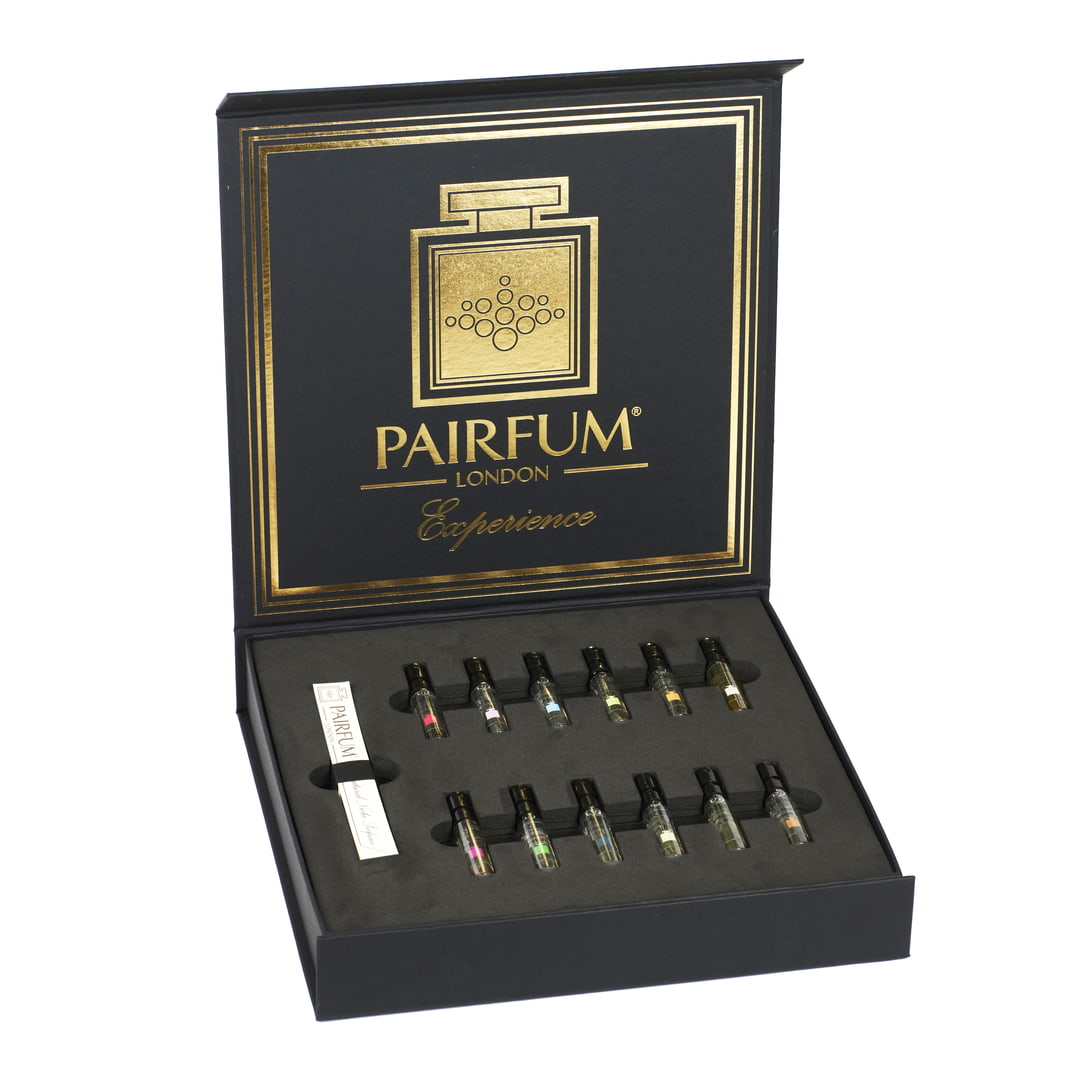Raspberry has found a cherished spot in the world of perfumes, celebrated for its delightful aroma and versatility. Its ability to blend effortlessly with other notes makes it a popular choice for both traditional and modern fragrances. With a touch of sweetness and a hint of tartness, raspberry adds a refreshing and vibrant quality, making it a favourite among perfumers and enthusiasts alike. The juicy aroma of a ripe fruit is truly captivating.
As the popularity of fruity fragrances grows, raspberry continues to stand out with its unique characteristics. It invites a sense of freshness and beauty, reminiscent of sunlit gardens and summer delights. Let’s explore the journey of the raspberry through history, understand how this remarkable fruit has shaped the perfume industry, and uncover the wonders it holds in its essence.
A Journey Through History and Botanical Origins
Raspberries’ use in perfumes dates back centuries, with their significance rooted in various cultures. Scientifically known as Rubus idaeus, the common red raspberry belongs to the Rosaceae family, sharing kinship with roses themselves, which perhaps explains its natural affinity for floral pairings in perfumery. This resilient plant is native to Eastern Asia and was later cultivated widely across Europe. Ancient civilisations admired this fruit not just for its alluring taste but also for its aromatic qualities, often found growing as a wild plant in woodland clearings.
Throughout the ages, the raspberry’s aura became a symbol of upliftment and joy. During the Renaissance, this versatile fruit was a celebrated ingredient in many perfumes, known for its ability to uplift spirits. Historical records reveal its use in tonics and infusions, adding a touch of luxury to daily life. Beyond its aromatic appeal, the raspberry held symbolic meaning in various cultures. For instance, in ancient Greek mythology, raspberries were said to have originally been white, only turning red when the nymph Ida pricked her finger while picking them to soothe the tears of Zeus. Such rich lore underscores the long-standing presence and appreciation of this fruit in human history.
As perfumery evolved, raspberry remained a constant favourite. Its sweet allure and distinctive aroma made it an important component in many fragrance formulas. From ancient lands to royal courts, the fragrance of raspberry spread, leaving a sweet trail in perfumery’s history. The cultivation of raspberries also developed, moving from a wild plant to a prized garden fruit for widespread fruit production.
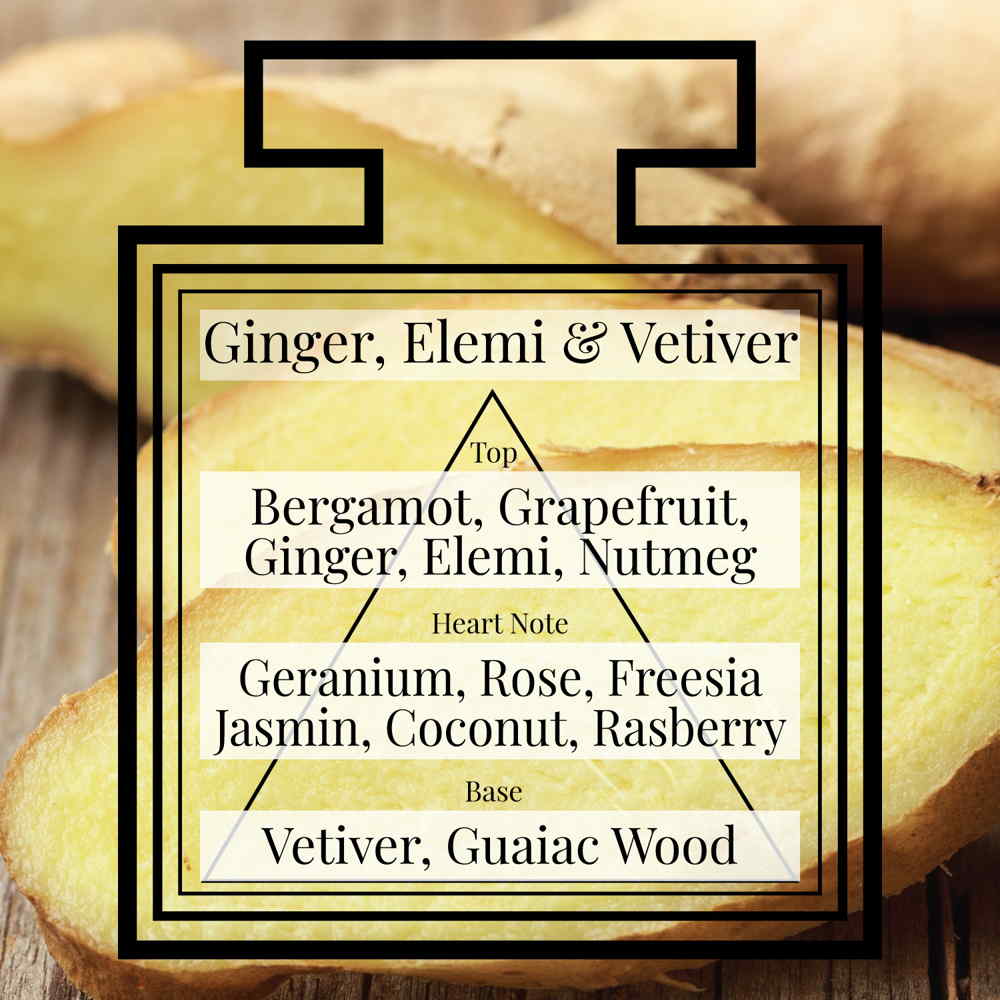
The Olfactory Profile of Raspberry: A Symphony of Scent
To truly appreciate raspberry in perfumery, it is essential to understand its unique and complex olfactory profile. The scent of raspberry is multifaceted, typically characterised by a juicy, fruity sweetness with a distinct tangy edge that prevents it from being cloying. This balance makes it incredibly dynamic for perfumers seeking to capture a lively fruit aroma. The flavour of ripe fruit is a direct inspiration for its aromatic character.
Fruity Sweetness:
The primary characteristic of raspberry is its intense, berry like aroma, often described as luscious, juicy, and reminiscent of ripe red fruits. This sweetness can range from a light, airy sugariness to a deep, jammy richness, much like a delicious raspberry jam.
Tart/Tangy Nuance:
Crucially, raspberry possesses a refreshing tartness, which provides a vital counterpoint to its sweetness. This tangy aspect can evoke a subtle citrusy or slightly sour berry nuance, adding sparkle and preventing the scent from becoming overly saccharine. This tartness is a key distinguishing factor of a fresh raspberry.
Fresh and Green Accents:
Depending on the interpretation, raspberry can also carry a subtle freshness, evocative of freshly picked fruit from a summer garden. Sometimes, particularly in more natural or conceptual accords, hints of greenness from the leaf or woody notes from the stems of the raspberry plant can also be present, adding realism and depth. The delicate raspberry leaf itself contributes to these nuances.
Subtle Floral Undertones:
As a member of the rose family, some raspberry variety can exhibit delicate floral hints that intermingle with the fruity notes, adding an extra layer of complexity and sophistication. For example, the black raspberry (Rubus occidentalis) is often described as having more earthy, deeper, and sometimes subtly floral or even vanilla like undertones compared to the brighter red raspberry. A golden raspberry, a less common but equally delightful fruit, offers a milder, sweeter aroma.
The intricate balance of these sweet, tart, fresh, and sometimes subtly green or floral notes is what makes raspberry such a captivating ingredient for perfumers, allowing for a wide spectrum of creative interpretations for this beloved berry.
Raspberry Varieties and Their Scent Nuances
Different raspberry varieties, much like grape varietals in wine, can offer subtle differences in their aromatic profiles, influencing how perfumers interpret and recreate the raspberry scent.
Summer Fruiting Raspberries:
These varieties, such as the well known Glen Clova and Glen Moy, produce their crop of berries on raspberry canes that grew in the previous year. The fruit from these summer fruiting raspberries often presents a classic, intense red raspberry aroma – sweet, juicy, and distinctly tart. Growing raspberries for their fruit often involves supporting the raspberry canes to bear their heavy crop.
Autumn Fruiting Raspberries:
Also known as primocane fruiting types, these varieties, like the Autumn Bliss or Heritage, produce fruit on the current season’s growth, offering a harvest later in the year. The fruit of autumn fruiting raspberries can sometimes have a slightly deeper, more concentrated flavour and a richer aroma, perhaps with warmer undertones. An autumn fruiting raspberry patch is a delightful sight in late summer.
Black Raspberry (Rubus occidentalis):
This distinct species offers a scent profile that is often deeper, more earthy, and occasionally with subtle floral or even vanilla-like facets. It is a more robust berry than its red raspberry cousin.
Golden Raspberry:
These striking, amber coloured fruits are typically sweeter and less tart than red raspberries, and their fragrance profile often reflects this, offering a softer, milder fruit aroma. A ripe fruit from a golden raspberry bush is a delightful treat.
Understanding these distinctions helps perfumers select or create the perfect raspberry variety accord for their compositions, ensuring the intended flavour and aroma profile is achieved. The Scottish Crop Research Institute, now part of the James Hutton Institute, has historically played a significant role in developing new and improved raspberry varieties, focusing on fruit quality, yield, and disease resistance, further enriching the palette available to both growers and perfumers.
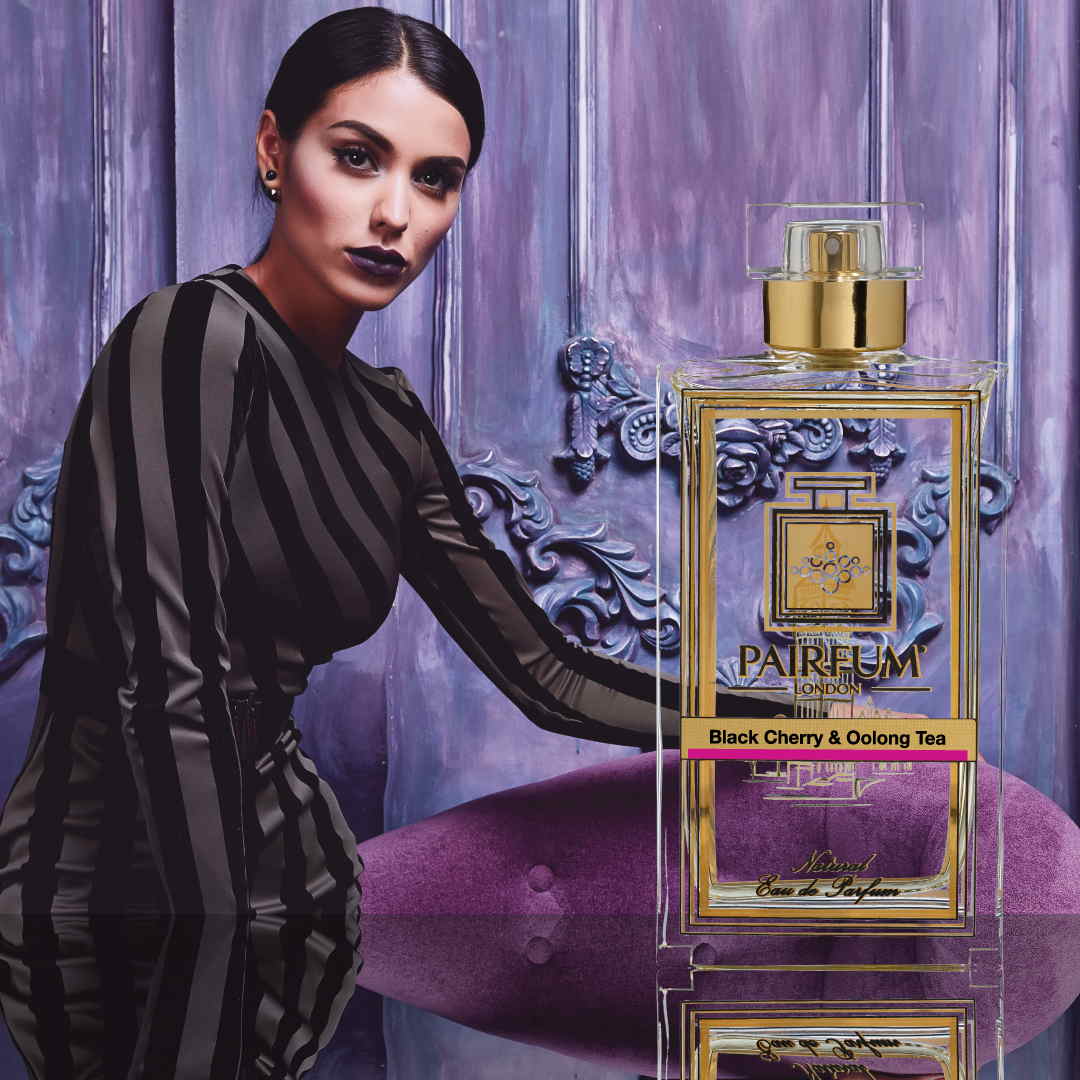
Types of Raspberry Fragrances: Crafting the Scent
Raspberry fragrances can vary greatly, depending on whether the source is natural or synthetic, and how perfumers choose to interpret the note. Due to the delicate and perishable nature of the fruit, obtaining a pure essential oil through traditional distillation methods is very challenging and inefficient, and direct extraction often yields an unstable or overly sweet aroma. Therefore, perfumers largely rely on skilled artistry to recreate the authentic raspberry scent.
Here are some popular types of raspberry fragrances found in the market:
Natural Raspberry Accords:
While a true “natural raspberry essential oil” is rare, perfumers can create highly authentic natural raspberry accords. These are carefully balanced combinations of natural raw materials, perhaps including fruit extracts, floral essences, and other botanical components, to capture the subtle, true to life nuances of the fruit. These offer a soft, genuine aroma that closely resembles fresh raspberries, often being delicate, fresh, and ideal for those who enjoy understated fruit notes.
Synthetic Raspberry Fragrance (Frambinone Focus):
Synthetic counterparts are widely used to provide a bold, consistent, and creative take on raspberry. The most popular synthetic molecule for this purpose is Raspberry Ketone, also known as Frambinone. This naturally occurring phenolic compound is the primary aroma compound of red raspberries, making it fundamental for capturing that distinctive raspberry flavour. Synthetic formulations allow for exaggeration of the fruity flair or introduction of unexpected twists in the perfume’s profile, offering excellent stability and longevity.
Blended Raspberry:
This approach combines both natural and synthetic elements, striking a perfect balance between realism and innovation in aroma. This allows perfumers to leverage the best of both worlds – the subtle complexity of natural components and the vibrant, consistent performance of synthetic molecules for a truly comprehensive fruit scent.
Raspberry with Floral Undertones:
Frequently paired with classic florals like rose, jasmine, peony, or violet, these blends create a bouquet that feels both romantic and energising. The floral notes beautifully complement raspberry’s sweetness, adding a sophisticated, elegant dimension to the fruit.
Gourmand Raspberry:
Often combined with edible notes such as vanilla, caramel, marshmallow, chocolate, or praline, these fragrances create a deliciously sweet and indulgent scent reminiscent of tempting desserts. This interpretation is particularly popular in contemporary perfumery, evoking warmth and comfort from the fruit.
Fresh/Green Raspberry:
When paired with green notes like galbanum, violet leaf, or crisp citrus, raspberry can take on a crisper, more invigorating character, reminiscent of berries still on the vine or a forest after rain. This captures the essence of the entire plant.
Juicy/Tart Raspberry:
Emphasising the tart and sparkling facets, often with bright citrus or subtle woody notes, these fragrances offer a vivacious and uplifting profile of the soft fruit.
These variations demonstrate how raspberry can take centre stage or play a complementary role, depending on the intention behind each fragrance formula.
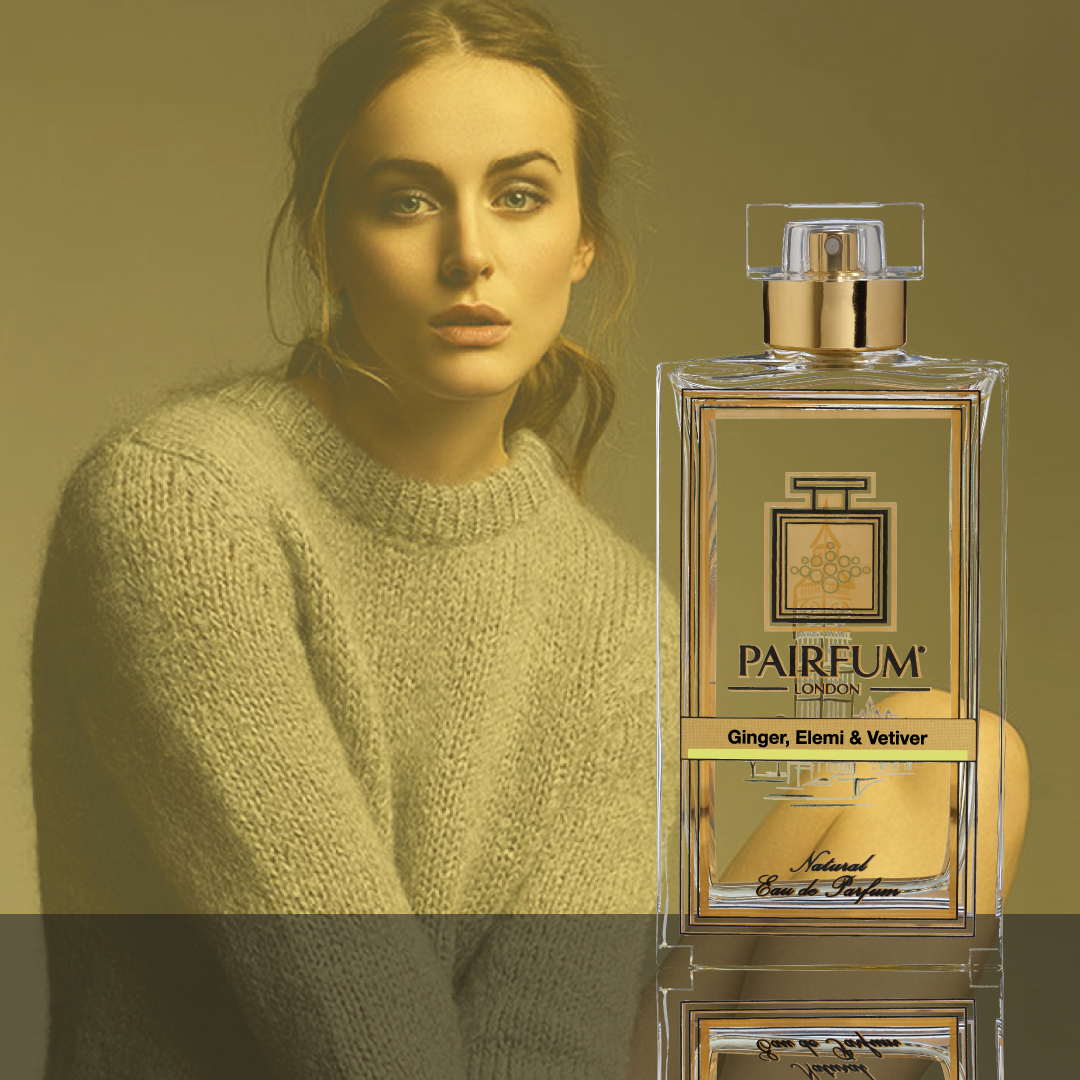
The Art of Capturing the Aroma: Extraction and Accords
As mentioned, extracting the true, vibrant aroma of raspberry for perfumery requires precision and innovative techniques. While directly distilling an essential oil from raspberries is not practical for fine fragrance, perfumers employ other methods to obtain aromatic materials or expertly craft accords. The goal is always to capture the perfect flavour and aromatic essence of the fruit.
Solvent Extraction:
This method can be used to process raspberry fruit or pulp to extract aromatic compounds. Using a solvent like alcohol, the material is processed to draw out the fragrant molecules. Once the solvent is removed, it leaves behind a rich concentrate, or an absolute. This method is known for potentially preserving some of the authenticity and warmth of the fruit’s natural aroma, but yields are often very low for fresh fruit.
CO2 Extraction:
This advanced method uses supercritical carbon dioxide to perform the extraction at low temperatures. This gentle process helps to preserve the more delicate and volatile elements of raspberry’s essence. It often results in a finer, more complex oil or extract that perfumers hold in high regard, offering a truer reflection of the fresh fruit’s scent profile.
Crucially, much of the raspberry scent in modern perfumery is created through sophisticated accords. An accord is a harmonious blend of several individual fragrance notes that together create a completely new, distinct aroma. For raspberry, this often involves:
- Key Aroma Chemicals: Molecules like Raspberry Ketone (Frambinone) are fundamental. As the primary aroma compound of red raspberries, it forms the backbone of many raspberry accords. Other aroma compounds such as ethyl maltol (for a caramelised sweetness), beta-ionone (for a violet like, woody berry nuance), and various esters (like ethyl butyrate for fruity sweetness, or isobutyl acetate for a hint of banana like fruitiness) are also commonly employed to build a multifaceted fruit aroma.
- Complementary Naturals: These synthetic components are then blended with natural essences such as rose oil (which shares chemical similarities with raspberry), jasmine absolute, or specific citrus oils to add depth, naturalness, and complexity. The skill lies in balancing these elements to create a lifelike and captivating “olfactory illusion” of raspberry, capturing its essence as a soft fruit.
These methods allow raspberry to be transformed into a versatile ingredient that perfumers can work with, controlling every detail to emphasise the fruit’s unique charm and ensure consistency in the final fragrance, making every raspberry perfume a delightful experience.
Complementary Notes and Blending Artistry
Raspberry’s exceptional versatility lies in its ability to harmonise with an extensive array of other fragrance notes. Perfumers carefully select these complementary notes to bring out different facets of the raspberry, resulting in diverse and captivating compositions across various fragrance families. Each pairing highlights a different aspect of this versatile fruit.
- Florals: Rose, jasmine, peony, violet, and orange blossom are frequent companions, adding romance, elegance, and a soft femininity to the fruit. Rose, in particular, shares a natural and harmonious relationship with raspberry, enhancing its sweetness with a velvety depth, often forming a classic fruity floral bouquet.
- Citrus: Bright notes like bergamot, mandarin, and grapefruit provide a sparkling, zesty contrast that brightens raspberry’s fruitiness and adds a refreshing top note, making the fragrance feel invigorating and uplifting. A hint of lemon juice can even brighten gourmand raspberry accords.
- Gourmands: Vanilla, caramel, marshmallow, chocolate, and praline create rich, edible compositions, transforming raspberry into a decadent dessert like experience. These pairings are incredibly popular in modern perfumery for their indulgent and comforting appeal, reminiscent of a delicious fruit salad or a slice of cake with fresh raspberries.
- Woods: Sandalwood, cedarwood, patchouli, and vetiver offer a grounding warmth and sophistication, balancing the fruit’s sweetness and adding impressive longevity. These pairings can give raspberry a more mature, refined, or even unisex appeal, adding gravitas to the fruity essence.
- Musks: Soft, clean musks can enhance the skin like quality of a fragrance, allowing the raspberry to feel both ethereal and subtly long lasting.
- Spices: A judicious touch of pink pepper, cinnamon, or cardamom can add a subtle warmth, intriguing contrast, and playful spice to the fruity sweetness.
- Greens and Aquatics: Notes like galbanum, fresh cut grass, or light marine accords can introduce a dewy, natural, or even watery dimension, evoking the natural environment where raspberries thrive, capturing the scent of the entire plant.
The strategic combination of these notes allows perfumers to craft fragrances where raspberry can be light and airy, rich and opulent, or fresh and vibrant, appealing to a broad spectrum of preferences and moods, always celebrating the allure of the fruit.

Iconic Perfumes With Raspberry Notes
Raspberry has played a starring role in some unforgettable perfumes over the years, demonstrating its versatility across different fragrance families. These fragrant creations often capture the sweet brightness of the fruit, layered with contrasting elements that give each perfume its own signature. The raspberry note provides a unique flavour to the composition.
One beloved blend combines raspberry with rose and vanilla. The raspberry offers an uplifting first impression, followed by the soft floral heart of rose, and finished with the creamy depth of vanilla. This combination creates a fragrance that is both modern and timeless, often leaning towards a romantic gourmand feel. Thierry Mugler’s Angel Nova, for example, is celebrated for its prominent raspberry note alongside rose and woody undertones, creating a vibrant and audacious scent. This showcases the incredible fruit in a new light.
Another notable perfume introduces raspberry alongside citrus and warm woods. The fruity brightness is balanced with crisp zest and grounded by smooth sandalwood, creating an experience that’s both sparkling and enduring. Tom Ford’s Tuscan Leather is a classic example where a prominent raspberry note adds an intriguing sweetness and juiciness to a rich, leathery, and woody composition, showcasing its ability to be used in more daring and even traditionally masculine or gender neutral scents. Here, the raw fruit provides a sophisticated touch.
Other popular examples include Burberry Her Eau de Parfum, which features a prominent raspberry note in a fruity gourmand composition with blackcurrant and amber, creating a playful yet sophisticated scent. Lancôme’s Trésor Midnight Rose also showcases raspberry, blending it with rose and pink pepper for a romantic and slightly mysterious appeal. The beauty of these perfumes lies in how the raspberry note is utilised – whether it defines the playful opening, offers a juicy heart, or lingers softly in the background, it contributes to moods ranging from playful and youthful to sensual and mature. These creations truly highlight the diverse character of the raspberry fruit.
Raspberry in Different Fragrance Concentrations
The intensity and longevity of a raspberry note can vary significantly depending on the fragrance concentration, influencing its character and ideal usage. A higher concentration means a more pronounced and long lasting fruit presence.
- Eau de Cologne (EDC): In an EDC, raspberry would typically appear as a light, fleeting top note, offering a burst of freshness that dissipates relatively quickly. It would contribute to an invigorating and transient aroma, perfect for a refreshing spritz of fruit.
- Eau de Toilette (EDT): Here, the raspberry note would have more presence, perhaps lingering longer in the heart of the fragrance while still maintaining a fresh and vibrant character. It would be noticeable but not overpowering, ideal for everyday wear and a subtle fruity uplift. This lighter application still delivers a lovely raspberry flavour.
- Eau de Parfum (EDP): In an EDP, raspberry can be a more prominent and enduring note, featuring in the heart or even contributing to the base. Its sweetness and tartness would be richer and last for several hours, making it suitable for a more impactful and lasting impression. The full flavour of the fruit is often experienced here.
- Extrait de Parfum/Pure Parfum: At the highest concentration, raspberry can be profoundly rich and deep, becoming a central pillar of the fragrance’s identity. It would have exceptional longevity and sillage, unfolding its nuanced complexity over many hours, offering a truly luxurious and immersive experience of the full fruit.
Understanding these differences helps in choosing a raspberry fragrance that aligns perfectly with the desired intensity, sillage, and wear time.
Cultivating Raspberries: From Plant to Perfume Inspiration
Understanding how raspberries are grown provides further insight into the appreciation of this wonderful fruit. Raspberry plants are relatively easy to grow in the UK, making them a popular choice for home gardeners. They prefer fertile, well drained, moisture retentive soil that is slightly acidic, ideally with a pH between 6.5 and 6.7. Good drainage is crucial, as raspberry canes dislike soggy conditions.
When planting raspberries, whether from a bare root plant or potted plants, it’s often recommended to plant raspberries between November and March, as long as the soil is not frozen or waterlogged. Bare root raspberry canes establish well during this dormant period. For summer fruiting varieties, such as Glen Clova or Glen Moy, a support system of wires or posts is essential as the raspberry canes can grow quite tall, reaching up to 1.5 metres. These summer fruiting raspberries fruit on canes that grew the previous year. Autumn fruiting raspberries, on the other hand, produce fruit on the current season’s growth, making their pruning regimen simpler; all old canes are cut back to ground level in late winter. Growing raspberries requires attention to soil quality and adequate watering, especially during fruit production. The fruit develops from many tiny individual droplets, making the raspberry an aggregate fruit.
Harvesting raspberries is a delicate process. Ripe fruit will easily detach from its central core. It’s best to harvest regularly, picking on dry days to prevent mould. Fresh raspberries are best eaten immediately, bursting with natural flavour. If you have an abundant harvest, frozen raspberries are an excellent way to preserve them, ready for use in smoothies, desserts, or even a refreshing fruit salad. This direct experience with the fruit reinforces its powerful appeal in perfumery.

The Health Benefits and Culinary Versatility of Raspberries
Beyond their aromatic and delightful flavour, raspberries are a highly nutritious fruit offering significant health benefits, which further elevates their status. A single cup of fresh raspberries provides a substantial amount of dietary fibre, significantly more than many other fruits. This fibre content is excellent for digestive health and can help in managing blood sugar levels by slowing down sugar absorption. Raspberries are also rich in antioxidants, including anthocyanins (which give them their vibrant red colour) and ellagic acid. Ellagic acid, a potent polyphenol, has been extensively researched for its anti inflammatory and antioxidant properties, contributing to overall well being.
Raspberry leaves are also traditionally used to make raspberry leaf tea, particularly known for its benefits for women’s health, often consumed during late pregnancy to tone the uterus. The entire raspberry plant, therefore, offers benefits beyond just its delicious fruit.
In the culinary world, raspberries are incredibly versatile. Beyond being enjoyed as fresh raspberries, they can be transformed into delicious raspberry jam, pies, tarts, and sauces. Frozen raspberries are a fantastic ingredient for smoothies, or as a topping for breakfast cereals with chia seeds. Their distinct sweet and tart flavour makes them a favourite berry for both sweet and savoury dishes, and a squeeze of lemon juice can further brighten their taste in recipes, just as citrus brightens them in perfume. This robust culinary profile only adds to the universal appeal of the raspberry.
Raspberry Heart Notes and Fruity Fragrances with Pairfum London
Ginger, Elemi & Vetiver – Eau de Parfum by Pairfum London
A surprising fusion of spices and freshness, it opens with notes of Bergamot, Grapefruit and a trace of Lavender, combined with Ginger, Elemi, Nutmeg & Cinnamon. The heart is composed of Geranium, Rose, Freesia, Gardenia, Jasmine and Orange Blossom, with fruity hints of Coconut and Raspberry. A base of Vetiver, Guaiacwood, Cedar, Amber, Cashmere Musks, Vanilla & Moss supports this note beautifully.
Black Cherry & Oolong Tea – Eau de Parfum by Pairfum London
This fragrance opens with the sparkling interplay of the aromas of Black Cherry, Bergamot, Red Berries and Nutty Almond. The heart is a most elegant fusion of Oolong Tea (both the fruity & smokey type), Bulgarian & Turkish Roses and Liquorice. The sensuous base rests on Aniseed, Tonka, Iris and Patchouli.
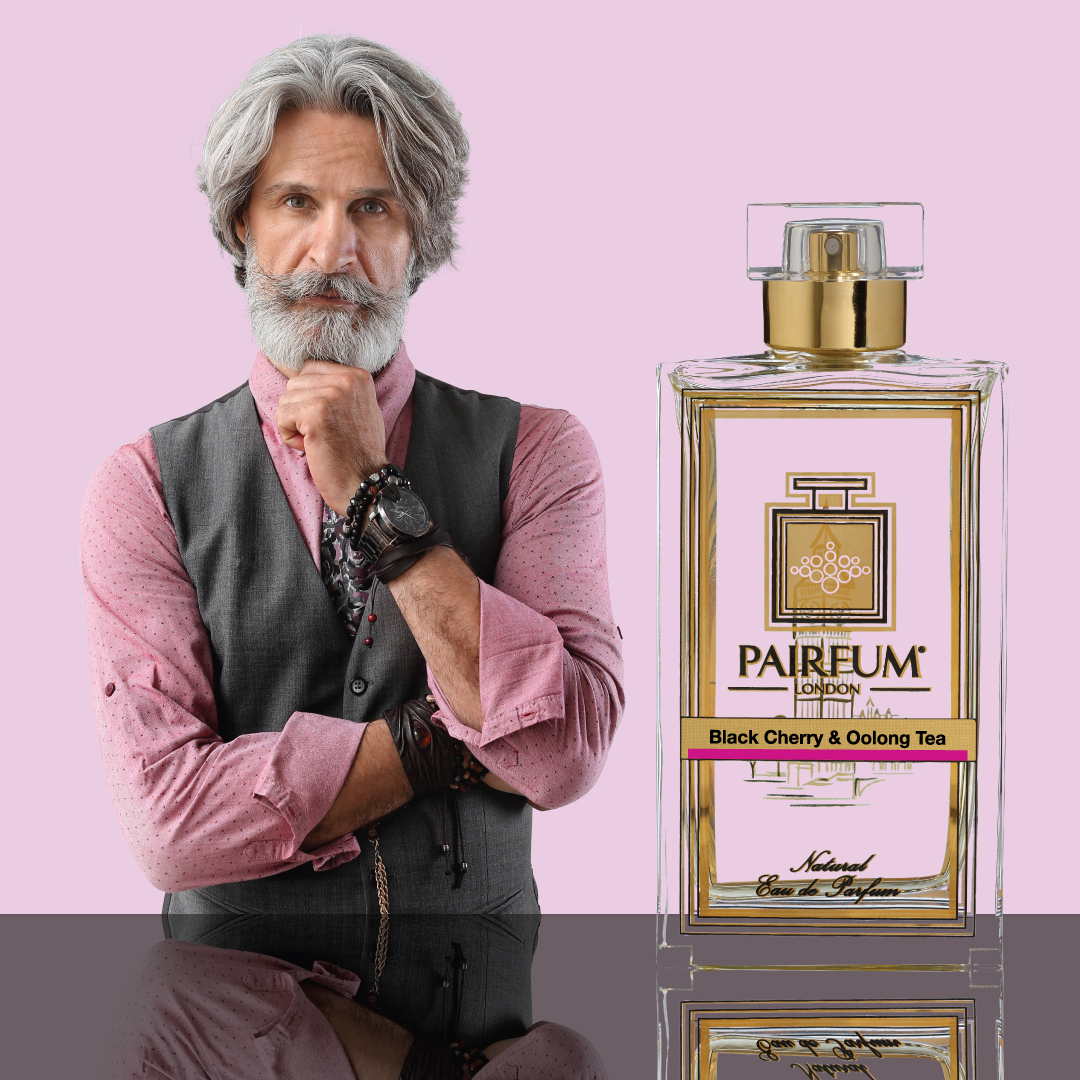
Signing Off With a Fruitful Aroma
Raspberry’s journey through perfumery is rich with tradition, creativity, and joy. What began as a fragrant curiosity has become a cherished note for blending experiences that range from soft fruit and romantic to lively and energetic. Its sweet yet subtle nature, perfectly balanced with a vibrant tartness, connects with people looking for something familiar, yet distinctly captivating. Raspberry perfumes offer a sense of cheerful elegance, bringing a delightful touch of sunshine to every spray. They provide an uplifting and often nostalgic olfactory experience, evoking cherished memories of summer days and perfectly ripe fruit and juicy raspberries. The flavour of fresh raspberries is truly unique.
Exploring raspberry’s fragrant potential is an invitation to enjoy moments more deeply and express one’s personality through scent. Whether you’re drawn to classic interpretations or love discovering newer, innovative combinations, raspberry fragrances are a delightful way to express both personality and the spirit of the season. This popular berry continues to inspire.

